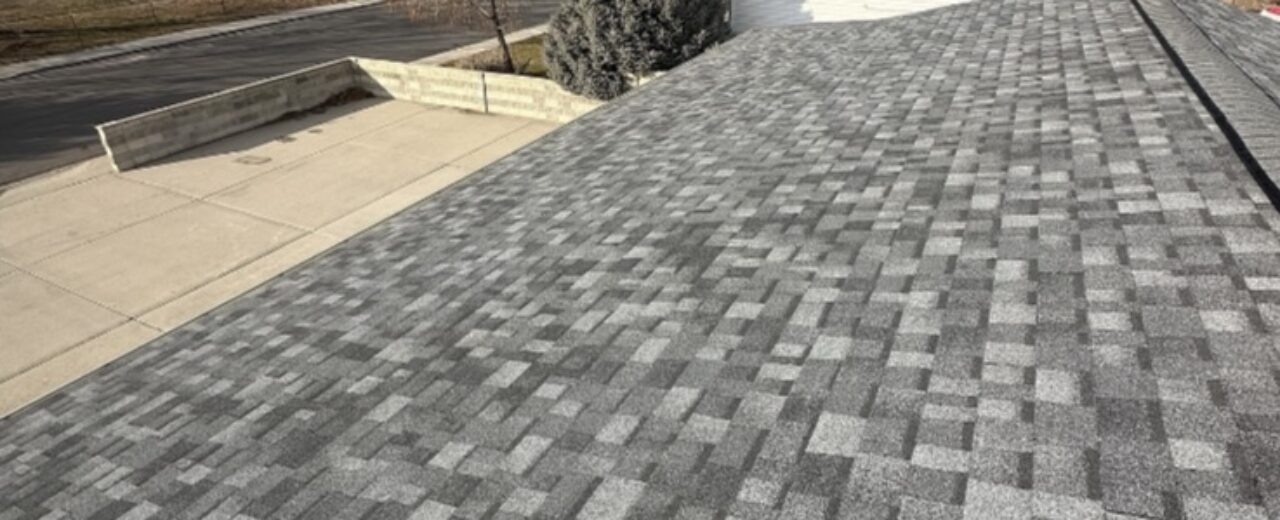How Long Does an Asphalt Shingle Roof Really Last?
Asphalt shingles are the most popular roofing material in North America, and for good reason. They’re relatively affordable, easy to install, and come in a wide variety of colors and styles. But how long can you expect your asphalt shingle roof to last?
Factors Influencing Lifespan:
Several factors significantly impact the lifespan of an asphalt shingle roof:
-
Quality of Shingles:
- 3-Tab Shingles: These are the most basic and budget-friendly, typically lasting 15-20 years.
- Architectural Shingles: These offer a more dimensional look and generally last 20-30 years.
- Premium Shingles: Designed for durability and impact resistance, these can last 30-50 years or even longer.
-
Climate:
- Hot Climates: Intense heat can accelerate shingle deterioration, leading to shorter lifespans.
- Cold Climates: Freeze-thaw cycles can cause cracking and damage, especially in areas with heavy snow.
- Coastal Areas: Salt spray and high winds can significantly shorten shingle life.
-
Installation Quality: Proper installation is crucial. Poorly installed shingles are more susceptible to leaks and damage.
-
Maintenance: Regular roof inspections and maintenance, such as clearing debris and addressing minor issues promptly, can extend the lifespan.
-
Storms and Extreme Weather: Hail, strong winds, and heavy rain can cause significant damage to shingles.
Signs Your Roof May Be Reaching the End of Its Life:
- Missing or Curling Shingles: Shingles that are missing, curling up, or buckling are signs of wear and tear.
- Granule Loss: The granules on the surface of shingles provide protection. Significant granule loss indicates deterioration.
- Leaks: Water stains on ceilings or walls are a clear sign of roof leaks.
- Moss or Algae Growth: Moss and algae can grow on shingles, especially in shady areas, and contribute to deterioration.
Extending the Lifespan of Your Asphalt Shingle Roof:
- Regular Inspections: Conduct thorough roof inspections at least twice a year, especially after severe storms.
- Clean Regularly: Remove debris like leaves, branches, and pine needles from your roof.
- Address Issues Promptly: Repair or replace damaged shingles as soon as possible.
- Consider a Roof Coating: A roof coating can help protect shingles from UV rays, wind, and hail.
When to Replace Your Roof:
If you’re experiencing multiple signs of roof damage, it’s likely time for a replacement. Don’t wait for a major leak to occur. Replacing your roof proactively can save you money and prevent further damage to your home.
Consulting a Professional:
If you’re unsure about the condition of your roof or have concerns about its lifespan, it’s always best to consult with a qualified roofing contractor. They can perform a thorough inspection, assess the condition of your shingles, and provide an expert opinion on the best course of action.
By understanding the factors that influence the lifespan of asphalt shingles and taking proactive steps to maintain your roof, you can ensure it provides many years of protection for your home.


